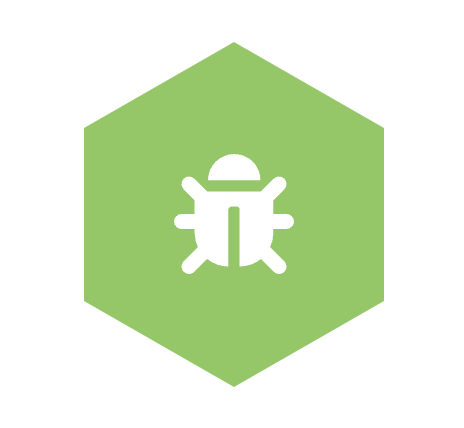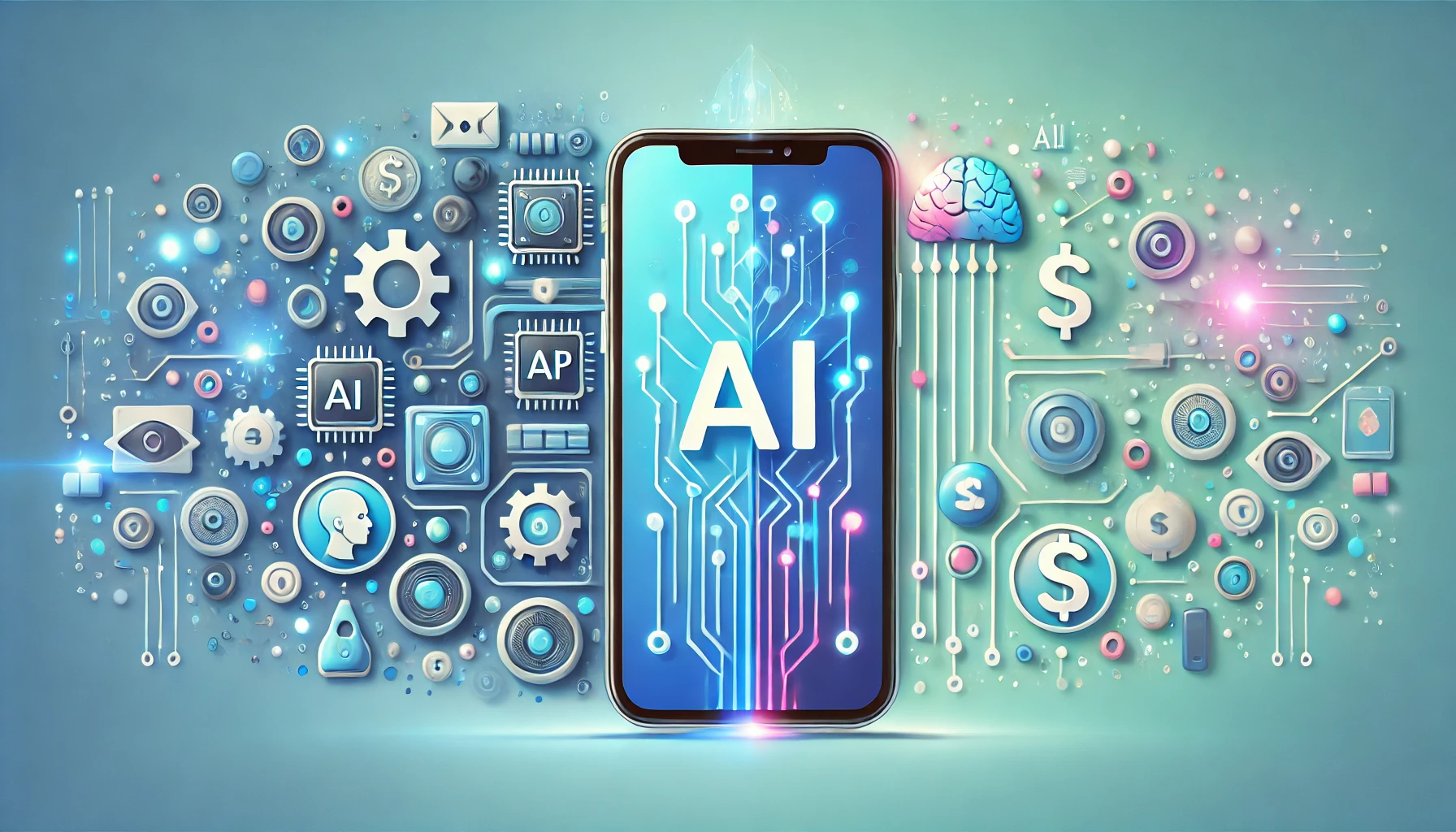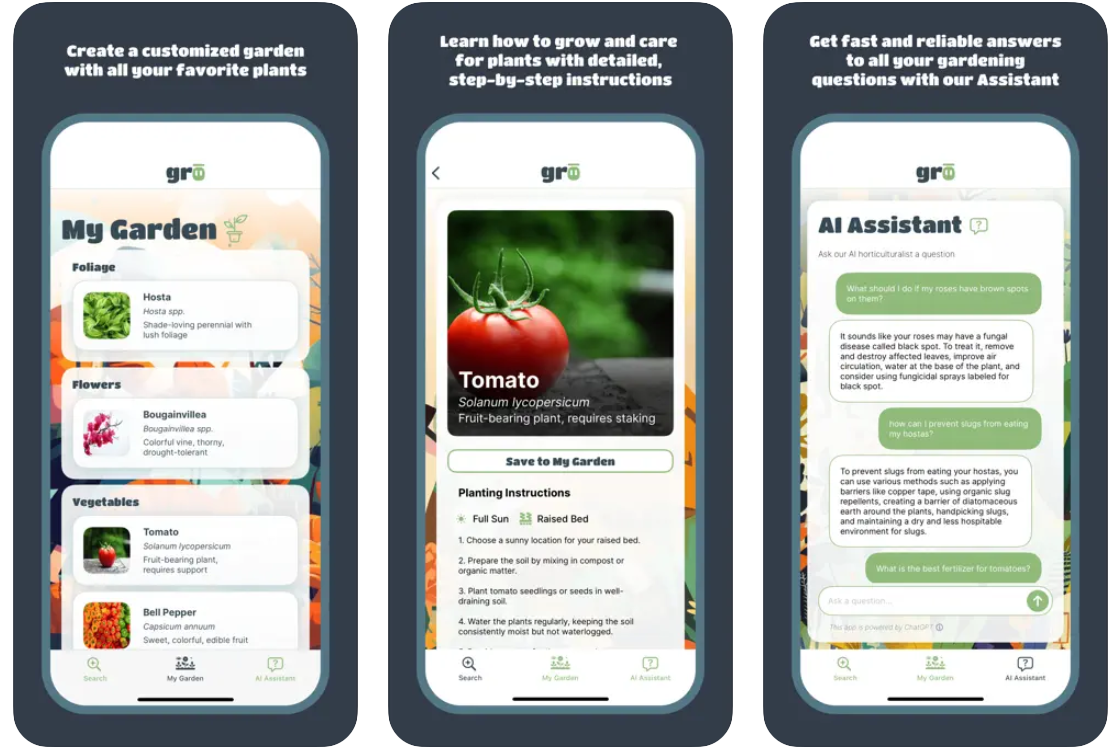How Artificial Intelligence is Improving Quality Assurance

Quality assurance (QA) is an important part of the software development process. It is the process of testing a software application to ensure that it meets the standards and requirements that users expect.
QA can be a time- and money-intensive process. Teams are typically forced to thread the needle between conducting enough testing to ensure an app is ready to launch and staying within a budget and deadline. However, there are several ways that strategically deployed use of artificial intelligence (AI) in QA can help balance time and cost.





